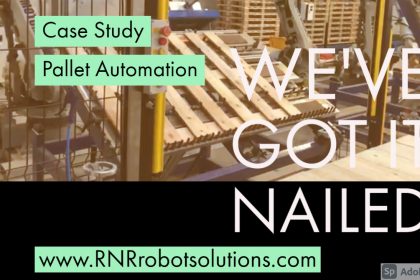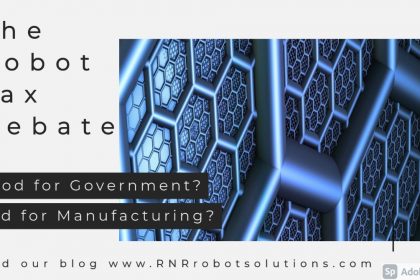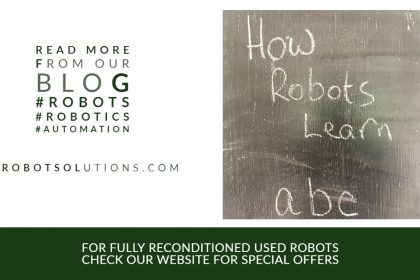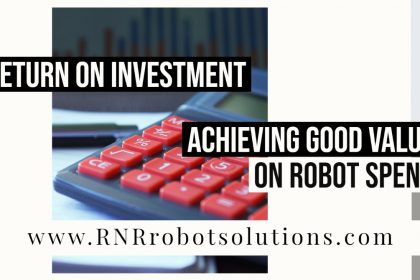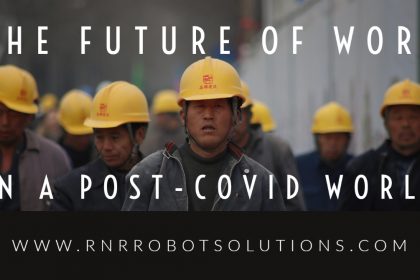Industrial and collaborative robots drastically improve their capabilities when using force and tactile sensing. Most robots today, especially collaborative robots, have a form of force and torque sensing, but it’s mostly used for safety purposes when working near humans.
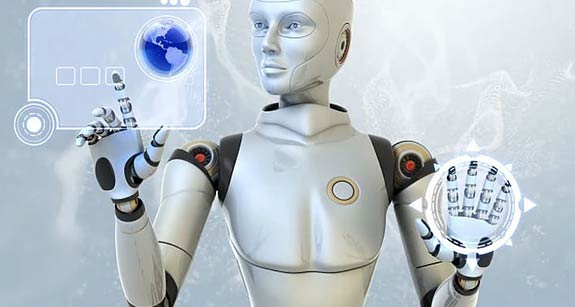
New forms of force and tactile sensors, whether they’re standalone or integrated systems, go beyond safety purposes. As one of the latest innovations in industrial robotics, these sensors enable new types of precision applications. With new sensors and advanced software, robots are beginning to “feel” what they touch.
Why Use Robotic Force and Tactile Sensors?
For processes such as grinding, deburring, sanding, polishing, product testing, packaging, and assembly, robotic force and tactile sensors bring a whole new level of precision and accuracy. As opposed to merely following a pre-defined, pre-programmed path, robots with force sensing can adjust to real-world variables and sense when a part is complete or in place.
In addition to increased accuracy and precision, robotic force and tactile sensing allow for quicker and easier implementation of robotic systems. When combined with advanced software, these robots can be programmed, or trained, by a human dragging the robotic arm through the desired work path. The robot can then mimic that motion to automate a manual process – significantly reducing the resources required for integration.
Piston Stuffing with Robotic Force and Tactile Sensing
Piston stuffing, or the process of inserting a piston into an engine block, is an everyday use of robotic force sensing because of the high levels of precision required. In most cases, these parts have a gap all the way around them that’s less than one-tenth the thickness of a human hair.
Vision systems aren’t precise enough to ensure the accuracy of piston stuffing, nor is the robot on its own. Only tactile sensors are capable of achieving this level of precision, providing major productivity benefits for automotive manufacturers.
Piston stuffing is a prime example of the value robotic force, and tactile sensing can deliver. Even more than vision systems or robots with highly accurate tool centre points, force sensing provides the highest levels of precision.
Industrial robots, as well as collaborative robots, can be cheaper to acquire, faster to integrate, and more accurate and capable than ever before when leveraging robotic force and tactile sensing.


